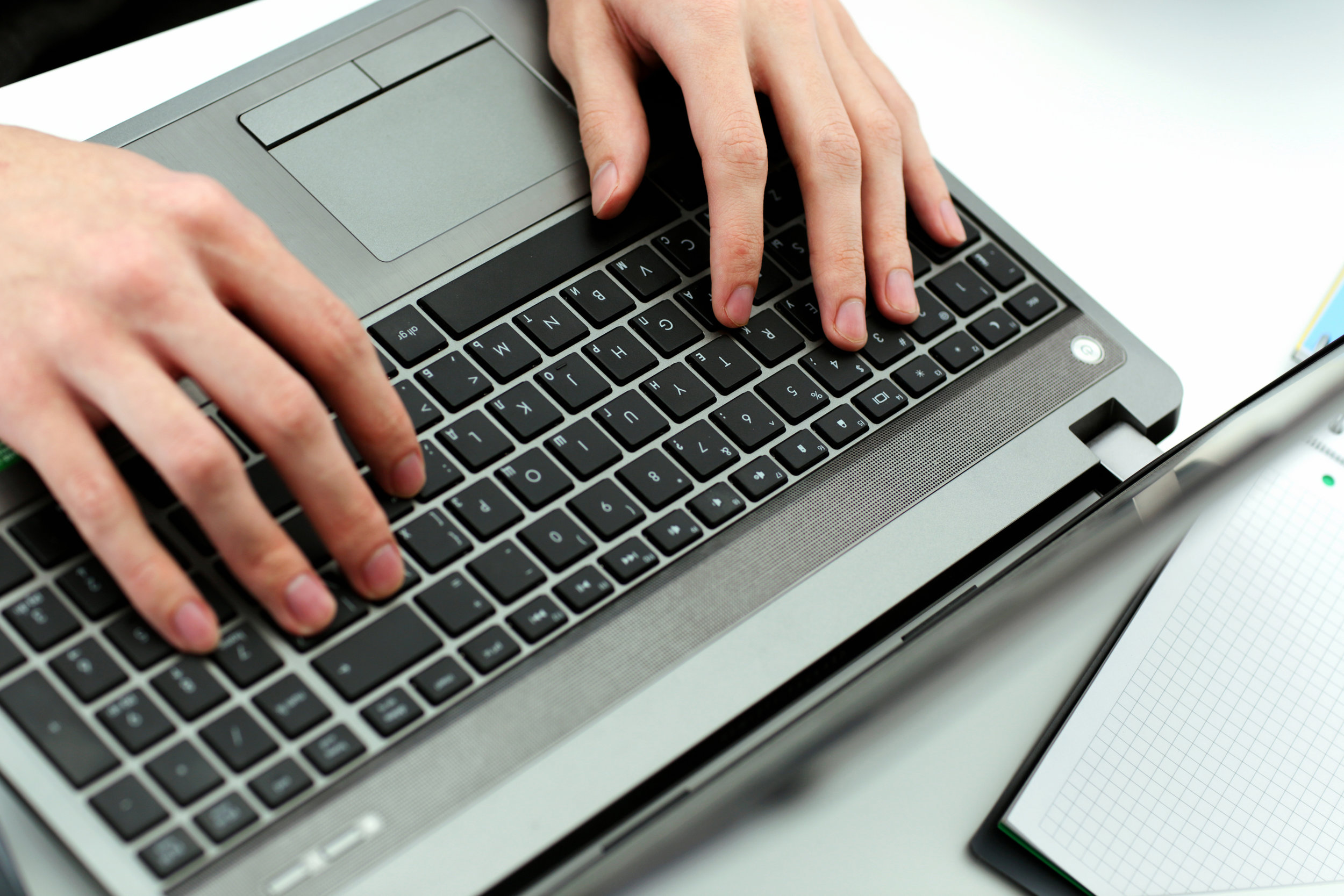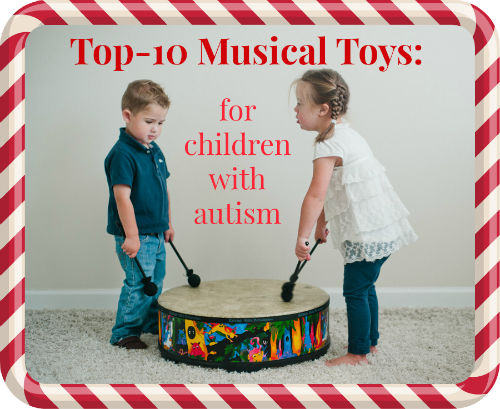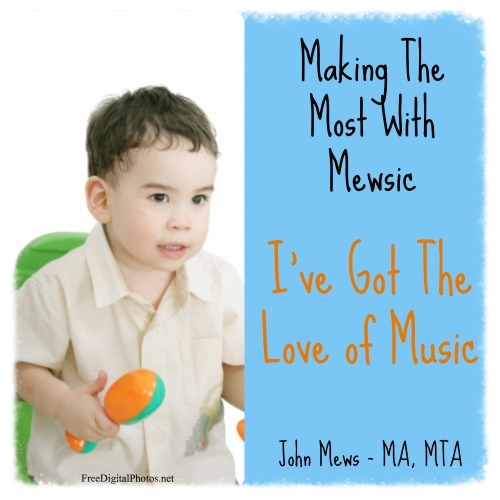
BLOGS
Educational blogs for parents and professionals
The Reason I Jump: Understanding Autism - "A Must Read"
The Reason I Jump by Naoki Higashida (translated into English by David Mitchell and KA Yoshida)
Have you ever wondered why those with autism jump, flap their hands or make high pitched noises? This book answers all those questions that I once had as a student in this field. Rarely do I read a book all the way through in a week, let alone one night, but this one I just could not put down. I first heard about this book through social media posts, and then when I saw John Stewart interview co-author David Mitchell on The Daily Show. I ordered the book on Amazon the next day.
I wish this book was available to me when I first started my career as a music therapist! This book offers tremendous insight into the inner world of those living with autism, and does a great job explaining the reasons for various behaviors and reactions. This book gives answers to questions that took me many hours to understand with my clients. This book will serve as a refresher for those with lots of clinical experience with this population. For everyone else, this book is a great read and a real eye opener about what it means to live with autism.
This book answers many questions many of you have likely pondered including:
- Why do you make a huge fuss over tiny mistakes?
- Why do you flap your fingers and hands in front of your face?
- Is it true that you hate being touched?
- Why don't you make eye contact when you're talking?
- Why can you never stay still?
One of my favorite sections from the book relates to how people talk to those with autism. The interviewer asks the question, "Do you find childish language easier to understand?" Naoki, a 13 year old with autism replies , "whenever anyone treats me as if I'm still a toddler, it really hacks me off." I observed this many times in my practice, and this was mostly done by their parents! I have long encouraged parents to speak in an "age appropriate" manner, both with language and expectations. There are lots of gems like this in the book, and I highly recommend this book to all professionals working with this population.
Get your copy now by clicking here!
You can also find other books on understanding autism below:
Let's be social:
Please share, pin, like and leave your comments below as I love to hear from you!
Top 10 Musical Toys For Children With Autism
This is the time year most people are out shopping for things to put under the Christmas tree. This can be an especially challenging time for parents of children with Autism. So many of the available toys are far too over-stimulating for these children
Over the years parents have asked about buying musical instruments for their child. I think these make great gifts, because they help the child engage in music making at home, which helps to reinforce what was learned during the music therapy session.
Here are my top ten musical instruments I recommend for children with Autism. For each one, I explain how the instrument can be utilized in a therapeutic and beneficial way. What a great dual purpose, a toy that’s also beneficial therapeutically! ( you can also click on each image or title for more information on the instrument).
1. Ukulele
The small size of the ukulele makes it great for small children and adolescents. It’s lightweight and narrow neck make it easy for the child to grasp. I find the Ukulele is useful for fine motor control when picking or strumming. You can also work on gross motor control if you rock the arm up and down to create strumming patterns. The Ukulele is also great for working on eye-hand coordination.
2. Recorder
Recorders are very popular with children and come in many colors. I often use this for language and speech development, primarily to aid in breath support and control. The recorder is also useful for working on fine motor skills that are needed to create different tones on the instrument.
I enjoy using the Sound Shapes®, because they are colorful, fun and come in different sizes, shapes and sounds. Sound Shapes® are easily stacked they don’t take up much room like most other stand-up drums and they are lightweight. The Sound Shapes® can provide therapeutic value in supporting eye-hand coordination, impulse control and to provide controlled sensory input.
4. Hand bells
Hand-bells come in various sizes and price ranges. I like these because they have a smaller scale (8 notes), are less expensive then others, and are quite durable. They are useful for developing fine motor skills, since you can simply press the top with your finger to make a sound. You can also use them to develop gross motor skills if you pick them up and ring them. I often use these to increase reading skills as well. I create color-coded music, which the child “reads” by playing the correctly colored bell. This also helps with visual tracking skills.
5. Cabassa
Cabassas come in various sizes. I prefer to use the larger ones, particularly if I want to use sensation and movement in my therapeutic approach. The weight of the cabassas can be useful for grounding a child, and you can roll the cabassa on the child’s arm, legs or back to create different sensations. A word of caution here – you should practice on yourself before using it on the child so that you know to use the right amount of pressure. The cabassa also can be useful for fine and gross motor skills, as well as visual and auditory stimulation when you roll it around and around.
6. Melodica
I often use the Melodica to support a child’s fine motor skills, breath control and eye-hand coordination. This is a less expensive option to purchasing a piano or keyboard.
7. Ocean Drum
Of all the drums I use in my practice, the Ocean Drum is by far the most popular. This drum comes is different sizes and colors. I prefer the ocean drum with fish inside, since it provides added visual stimulation. This instrument can be used to aid with relaxation, grounding, sensory-input, gross motor and impulse control. The sound of the ocean drum ranges from a loud crescendo of crashing waves to the gentle white noise of the sea foam bubbles dissipating on the warm sand.
8. Castanets
Castanets are fun, small and the least expensive instrument that most children love to play, mainly because they are touch-responsive. I have used this instrument to help children slow down from a fast paced-rhythm to a slower more regulated rhythm. This can be used as an auditory cue for children to understand their current energy levels and how they can learn to self-regulate. This instrument is also useful for developing fine motor skills, particularly for differentiating between using and isolating different finger movements.
I recommend buying a less expensive keyboard for therapeutic use. Children particularly seem to enjoy keyboards whose keys that light up as they are played. I use keyboards to help with fine motor skills, as an outlet to help children be creative and have fun on their own without direct instruction. Make sure your keyboard has a record button so your child can record their creative masterpieces and play it back. This helps them to feel good about their accomplishments, and allows them to share their work with others. This is particularly useful to enhance social skills and to promote sharing.
Like most of the instruments listed here, xylophones come in various sizes, colors and prices. For use at home I suggested something smaller, more colorful and less expensive. I prefer the wooden xylophones since they produce a lower-pitched sound, which helps to prevent over-stimulating a sensitive child’s auditory system. The xylophone can also help with a child’s eye-hand coordination, impulse control, gross motor skills as well as reading skills if you use color-coded music to match the notes on the xylophone.
I hope you find these list of instruments helpful in bringing some of the therapeutic benefits of music into your home. Please feel free to reach out to me if you have any questions about the appropriateness of a particular instrument for your child. If you are not working with a music therapist already, in most cases I can refer you to a qualified therapist in your area that can support your child’s development through music therapy.






















